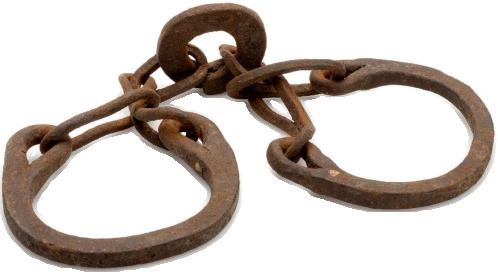 | ||
Bahá’u’lláh formally abolished the practice of slavery among Baha’is in the Kitab-i-Aqdas (ca. 1873). The English translation of the relevant section is as folows:
In his letter to Queen Victoria, written to her between 1868 and 1872, Bahá’u’lláh had singled out the action of the British government in using its power to stamp out the world trade in slaves for particular commendation.
In 1844, when the Báb declared his mission, slavery was still very widespread. It had been abolished in the British Empire as late as 1833, and remained legal in the United States until 1863. Slavery was not finally abolished in Iran until 1929.
Nor was slavery immediately abolished among followers of the Báb and Bahá’u’lláh.
The family of the Báb possessed several slaves: one was his first tutor, and the subject of a eulogy penned by his young pupil/master in later years, crediting him as having raised him and comparing him favorably with his own father. The Báb was martyred in 1850, at which time he had not abrogated or changed the laws of Islam that permitted and regulated the practice.
The household in which Bahá’u’lláh was raised also included a number of slaves. He became the owner of these on the death of his father, whereupon he gave each of them the choice of remaining in his service as free servants, or leaving. saying "How, then, can this thrall claim for himself ownership of any other human being? Nay,…."
All of them chose to take up their freedom in full and leave his household, except one called Isfandíyár, who remained a loyal servant, and later a well known follower, of Bahá’u’lláh.
